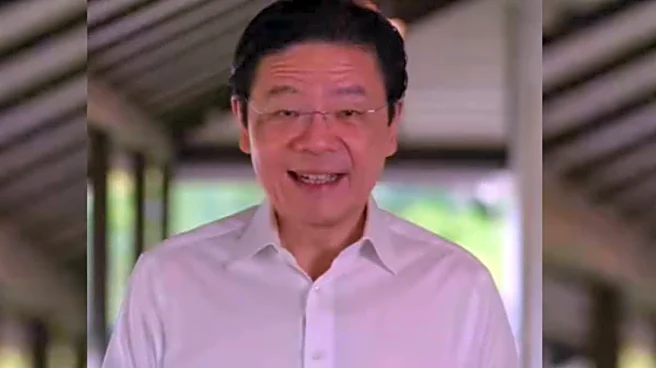Katayama, a former regional economic revitalization minister and Finance Ministry bureaucrat, is expected to replace Katsunobu Kato, local media including Kyodo News and the Asahi newspaper said Tuesday. She was one of the 20 lawmakers who backed Takaichi’s bid to become the Liberal Democratic Party’s leader earlier this month.
The 66-year-old’s appointment would be another milestone in a country often criticized for its slow progress on gender equality, particularly in the realms of politics and business. It would follow Takaichi’s historic rise to ruling party leader, but like Takaichi, Katayama’s stance on gender related issues tend to tilt conservative.
Takaichi is expected to go one step further when parliament votes to choose the premier later Tuesday. Takaichi now has sufficient numbers to essentially ensure she becomes prime minister, after signing a coalition deal with the Osaka-based Japan Innovation Party, also known as Ishin, on Monday.
The stance of the new finance minister will provide a key signal of how Takaichi intends to run policy amid market concerns that she may ramp up spending and slow down the Bank of Japan’s interest rate hikes.
Katayama spent roughly two decades in the Finance Ministry before entering politics. During her stint of around 23 years, she was the first woman to take up a string of positions including in the powerful budget bureau.
Still, she is generally known for her support for expansionary fiscal policy, putting her at odds with the Finance Ministry’s stance of seeking fiscal consolidation. Last year an LDP panel she belongs to argued that bond issuance should be viewed not as debt, but as future-focused investment. In an interview with the Sankei newspaper in June, Katayama said the current tax rate isn’t “immutable law,” hinting that it could be cut.
If confirmed, Katayama will face immediate challenges, the first of which is likely to be putting together an extra budget to fund economic measures to support households and businesses. The stimulus package is expected to be inflated as a result of pressure from stakeholders including the LDP’s new coalition partner.
Born in 1959 to a father who was a mathematician and university professor Katayama graduated from Tokyo University before spending around two decades at the Finance Ministry. She won her first parliamentary seat in the lower house in 2005 under reformist Prime Minister Junichiro Koizumi, joining the ranks of the so-called “Koizumi Children” — a group of 83 first-time lawmakers.
At that time she was appointed parliamentary secretary of the economy ministry, went on to become Regional Revitalization Minister in Shinzo Abe’s cabinet and held various key roles in the ruling party.
While Katayama will be breaking another of Japan’s highest glass ceilings if appointed, her conservative stance puts her far from progressive feminism, much like Takaichi, Japan’s expected first female prime minister. Katayama calls herself a “common-sense conservative,” opposes married couples being able to have separate surnames, and is against same-sex marriage being legalized.
/images/ppid_59c68470-image-176102253757671437.webp)

/images/ppid_59c68470-image-176093002823020509.webp)













